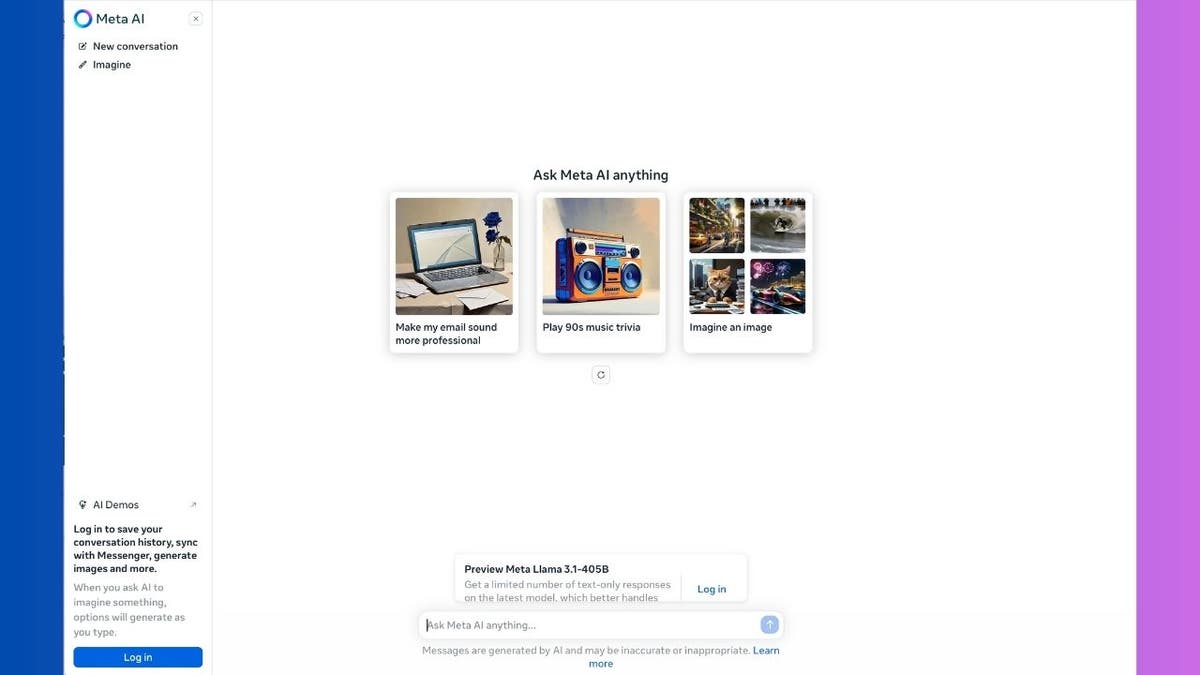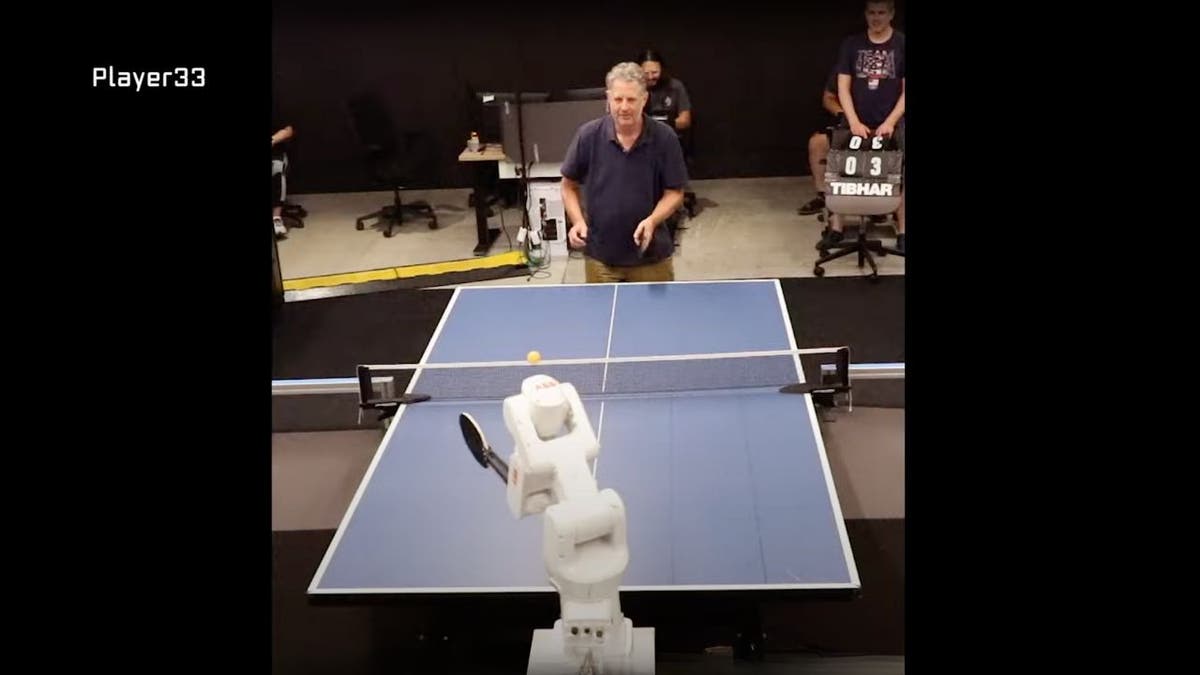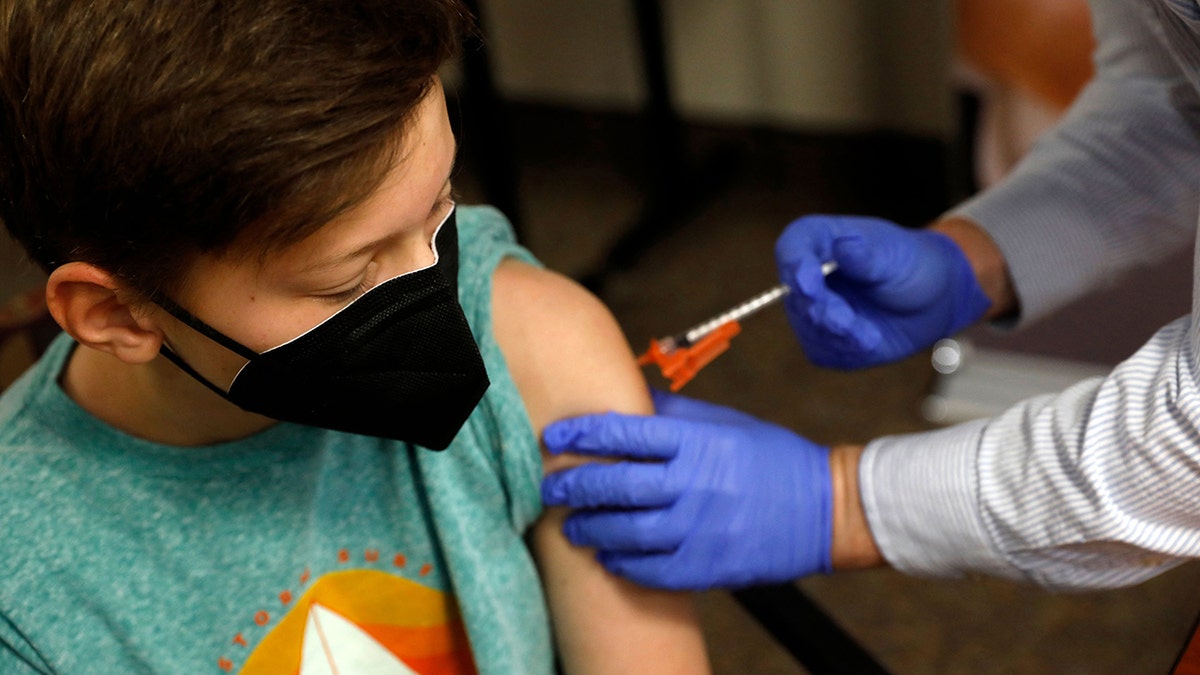Technology
California State Assembly passes sweeping AI safety bill
/cdn.vox-cdn.com/uploads/chorus_asset/file/25384193/STK470_AI_LAW_CVIRGINIA_C.jpg)
The California State Assembly has passed the Safe and Secure Innovation for Frontier Artificial Intelligence Models Act (SB 1047), Reuters reports. The bill is one of the first significant regulations of artificial intelligence in the US.
The bill, which has been a flashpoint for debate in Silicon Valley and beyond, would obligate AI companies operating in California to implement a number of precautions before they train a sophisticated foundation model. Those include making it possible to quickly and fully shut the model down, ensuring the model is protected against “unsafe post-training modifications,” and maintaining a testing procedure to evaluate whether a model or its derivatives is especially at risk of “causing or enabling a critical harm.”
Senator Scott Wiener, the bill’s main author, said SB 1047 is a highly reasonable bill that asks large AI labs to do what they’ve already committed to doing: test their large models for catastrophic safety risk. “We’ve worked hard all year, with open source advocates, Anthropic, and others, to refine and improve the bill. SB 1047 is well calibrated to what we know about forseeable AI risks, and it deserves to be enacted.”
Critics of SB 1047 — including OpenAI and Anthropic, politicians Zoe Lofgren and Nancy Pelosi, and California’s Chamber of Commerce — have argued that it’s overly focused on catastrophic harms and could unduly harm small, open-source AI developers. The bill was amended in response, replacing potential criminal penalties with civil ones, narrowing enforcement powers granted to California’s attorney general, and adjusting requirements to join a “Board of Frontier Models” created by the bill.
After the State Senate votes on the amended bill — a vote that’s expected to pass — the AI safety bill will head to Governor Gavin Newsom, who will have until the end of September to decide its fate, according to The New York Times.
Anthropic declined to comment beyond pointing to a letter sent by Anthropic CEO Dario Amodei to Governor Newsom last week. OpenAI didn’t immediately respond to a request for comment.

Technology
Fox News AI Newsletter: Elon Musk endorses California AI regulation bill

Welcome to Fox News’ Artificial Intelligence newsletter with the latest AI technology advancements.
IN TODAY’S NEWSLETTER:
– Elon Musk endorses California AI regulation bill: ‘Tough call’
– Rapper will.i.am. debuts AI radio app with digital personas, curated content
– How Meta AI can be your new digital assistant on the tech giants platforms
Elon Musk, co-founder of Tesla and SpaceX and owner of X Holdings Corp., speaks at the Milken Institute’s Global Conference at the Beverly Hilton Hotel,on May 6, 2024, in Beverly Hills, California. (Apu Gomes/Getty Images)
‘TOUGH CALL’: Tech billionaire Elon Musk has said that California should pass a controversial bill that would regulate artificial intelligence through having tech companies and AI developers be responsible for safety testing and implementing safeguards against cyberattacks.
‘NEVER TIRED’: While many musicians and celebrities have spoken out against A.I., rapper wiil.i.am is getting in on the technology, announcing a new artificial intelligence app called Raidio.FYI.

Meta’s AI chatbot (Meta)
AI HANDY HELPER : Meta’s artificial intelligence chatbot, powered by Llama 3, is designed to make your online experience smoother and more enjoyable across platforms like Facebook, Messenger, Instagram and WhatsApp. Imagine having a helpful assistant that can quickly answer your questions, provide useful information and even help you create content — all right at your fingertips.
CREEPY COMPETITOR: If you’ve ever found yourself without a partner for a game of pingpong, you might be excited to hear that technology has come to the rescue. Imagine having a robot that can rally with you, challenge your skills and help you improve your game — all without needing a human opponent.

Table tennis robot playing a game of ping-pong with a person (DeepMind Robotics)
Subscribe now to get the Fox News Artificial Intelligence Newsletter in your inbox.
FOLLOW FOX NEWS ON SOCIAL MEDIA
Facebook
Instagram
YouTube
Twitter
LinkedIn
SIGN UP FOR OUR OTHER NEWSLETTERS
Fox News First
Fox News Opinion
Fox News Lifestyle
Fox News Health
DOWNLOAD OUR APPS
Fox News
Fox Business
Fox Weather
Fox Sports
Tubi
WATCH FOX NEWS ONLINE
Fox News Go
STREAM FOX NATION
Fox Nation
Stay up to date on the latest AI technology advancements and learn about the challenges and opportunities AI presents now and for the future with Fox News here.
Technology
ESPN’s new ‘Where to Watch’ service is a TV Guide for sports streaming
/cdn.vox-cdn.com/uploads/chorus_asset/file/25592923/CleanShot_2024_08_28_at_12.40.52.png)
ESPN’s newest feature will be a welcome bookmark for sports fans everywhere: the company just launched “Where to Watch,” which aims to be a universal guide for streaming sports all over the internet.
When you open the page on ESPN’s website or in its app, Where to Watch looks like a typical schedule of games, the kind of thing ESPN has had forever — it’s sortable by sport and able to show your favorite team at the top. But next to each listing, it now shows where you can watch the game, even when it’s not on ESPN.
ESPN says Where to Watch has data from more than 250 streaming services. On Wednesday morning, it offered me a baseball game on MLB.TV, a college soccer game on ACC Extra, some MLS on Apple TV Plus, and five different ways to stream a WNBA game. ESPN says that you’ll be able to click some listings to go directly to a game, though that’ll require a separate partnership with those services. You can also set the feature to only show games on services you subscribe to.
Where to Watch is a useful solution to an increasingly common problem: sports streaming is a confusing, convoluted, expensive mess, to the point where even liking a single team can mean managing a laundry list of services. Venu Sports, the collaboration between several large entertainment companies, exists — and is hotly controversial — for exactly the same reason.
For ESPN, Where to Watch is just another way to get you into its universe. The company has a lot of sports rights, of course, and displays those all over the new guide, but it’s also looking for ways to get more people on its website and app, where they might also decide to play fantasy sports or gamble through ESPN Bet. As the company also pursues its own streaming goals, it’ll need more ways to show people what’s playing and where. Turning ESPN into the app people open whenever they want to watch a game, no matter where that game is, would be a big win for the company.
And the more the ESPN app becomes a destination, the more leverage ESPN has with partners who might want to show their games there. As broadcast and regional sports networks continue to disappear, Jimmy Pitaro, ESPN’s chairman, told Deadline that ESPN intends to take over. “We’ve made that point to various leagues and commissioners that we are very interested in stepping up,” he said. “We can make these games available in the ESPN app.”
Where to Watch doesn’t have all sports and all streamers, but ESPN says it’s working on adding more over time.
Technology
Experts warn AI could generate ‘major epidemics or even pandemics’ — but how soon?

Experts researching advancements in artificial intelligence are now warning that AI models could create the next “enhanced pathogens capable of causing major epidemics or even pandemics.”
The declaration was made in a paper published in the journal Science by co-authors from Johns Hopkins University, Stanford University and Fordham University, who say that AI models are being “trained on or [are] capable of meaningfully manipulating substantial quantities of biological data, from speeding up drug and vaccine design to improving crop yields.”
“But as with any powerful new technology, such biological models will also pose considerable risks. Because of their general-purpose nature, the same biological model able to design a benign viral vector to deliver gene therapy could be used to design a more pathogenic virus capable of evading vaccine-induced immunity,” researchers wrote in their abstract.
“Voluntary commitments among developers to evaluate biological models’ potential dangerous capabilities are meaningful and important but cannot stand alone,” the paper continued. “We propose that national governments, including the United States, pass legislation and set mandatory rules that will prevent advanced biological models from substantially contributing to large-scale dangers, such as the creation of novel or enhanced pathogens capable of causing major epidemics or even pandemics.”
ARMY PUSHES NEW STRATEGIES TO SAFEGUARD TROOPS UNDER AI IMPLEMENTATION PLAN
People line up to receive coronavirus tests in Washington, D.C., in December 2021. A new paper published in Science is warning about the potential risks of biological AI models. (Ting Shen/Xinhua via Getty Images)
Although today’s AI models likely do not “substantially contribute” to biological risks, the “essential ingredients to create highly concerning advanced biological models may already exist or soon will,” Time quoted the paper’s authors as saying.
They reportedly recommend that governments create a “battery of tests” that biological AI models must undertake before being released to the public – and then from there officials can determine how restricted access to the models should be.
“We need to plan now,” Anita Cicero, the deputy director at the Johns Hopkins Center for Health Security and one of the co-authors of the paper, said according to Time. “Some structured government oversight and requirements will be necessary in order to reduce risks of especially powerful tools in the future.”
Cicero reportedly added that biological risks from AI models could become a reality “within the next 20 years, and maybe even much less” without the proper oversight.
ELON MUSK ENDORSES CALIFORNIA AI REGULATION BILL: ‘TOUGH CALL’

The paper’s authors write that “the same biological model able to design a benign viral vector to deliver gene therapy could be used to design a more pathogenic virus capable of evading vaccine-induced immunity.” (iStock)
“If the question is can AI be used to engineer pandemics, 100% percent. And as far as how far down the road we should be concerned about it, I think that AI is advancing at a rate that most people are not prepared for,” Paul Powers, an AI expert and CEO of Physna – a company that helps computers analyze 3D models and geometric objects – told Fox News Digital.
“The thing is that it’s not just governments and large businesses that have access to these increasingly powerful capabilities, it’s individuals and small businesses as well,” he continued, but noted that “the problem with regulation here is that one, as much as everyone wants a global set of rules for this, the reality is that it is enforced nationally. Secondly is that regulation doesn’t move at the speed of AI. Regulation can’t even keep up with technology as it has been, with traditional speed.”
“What they are proposing that you do is have the government approve certain AI training models and certain AI applications. But the reality is how do you police that?” Powers said.

A child receives the Pfizer-BioNTech COVID-19 vaccine in Bloomfield Hills, Michigan, on May 13, 2021. (Jeff Kowalsky/AFP via Getty Images)
“There are certain nucleic acids that are essentially the building blocks for any potential real pathogen or virus,” Powers added, saying, “I would start there… I would start on really trying to crack down on who can access the building blocks first.”
-

 Technology7 days ago
Technology7 days agoBreakthrough robo-glove gives you superhuman grip
-

 Connecticut5 days ago
Connecticut5 days agoOxford church provides sanctuary during Sunday's damaging storm
-

 News1 week ago
News1 week agoVideo: Biden Delivers Keynote on First Night of D.N.C.
-

 News1 week ago
News1 week agoVideo: Protesters Clash With Police Near the Democratic National Convention
-

 News1 week ago
News1 week agoEx-officer convicted in George Floyd's killing is moved to new prison
-

 Politics1 week ago
Politics1 week agoFormer teacher reveals which students suffered 'the most' under Walz's pandemic-era guidelines
-

 News1 week ago
News1 week agoVideo: D.N.C. Holds Enthusiastic Roll Call to Nominate Harris
-

 World1 week ago
World1 week agoPanama deports 29 Colombian migrants from Darien Gap under US deal














